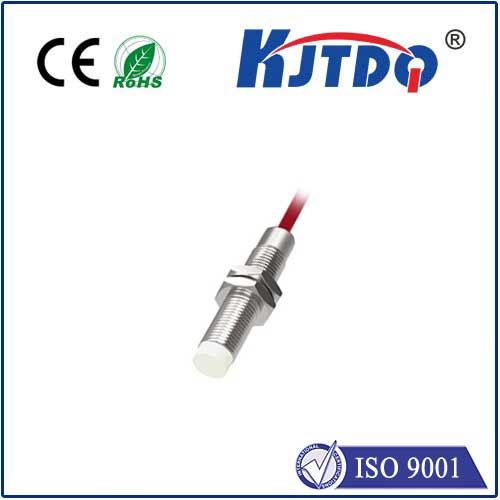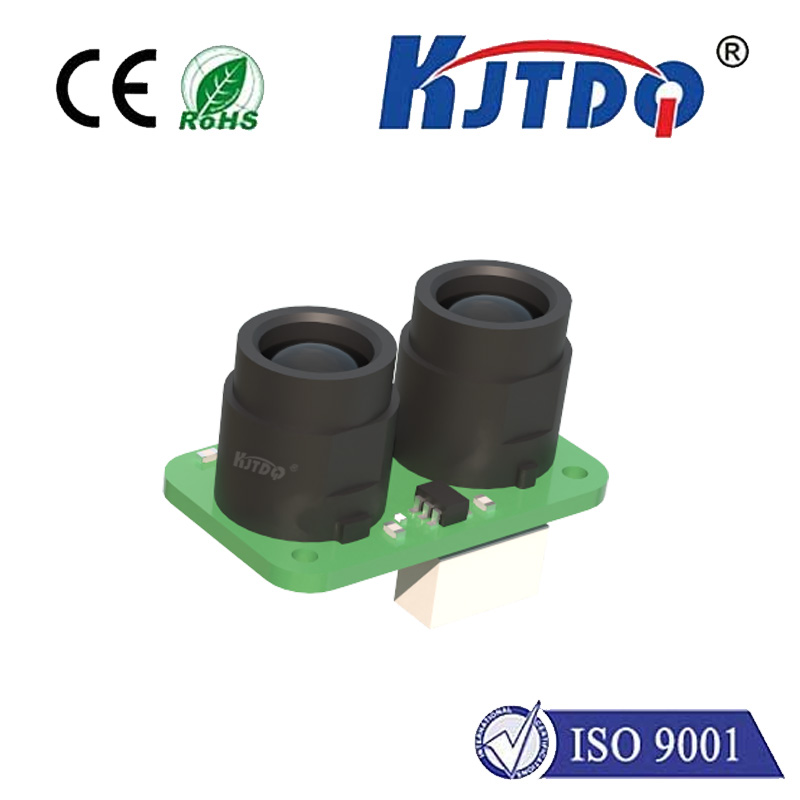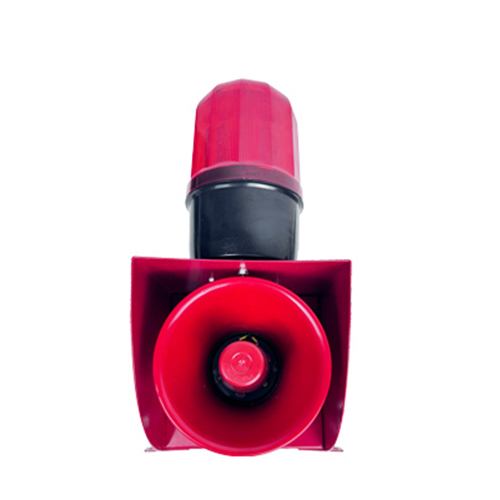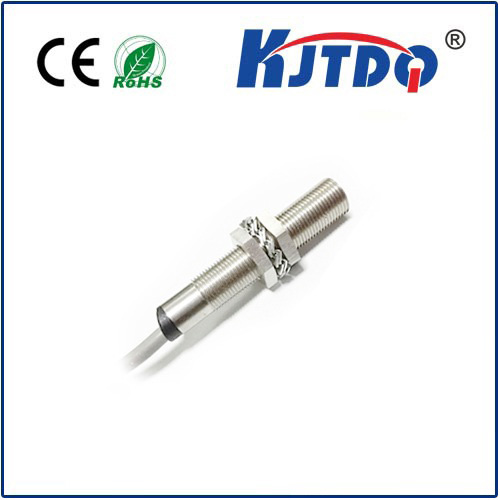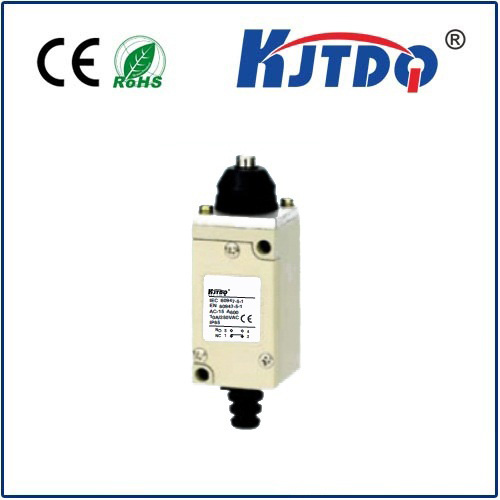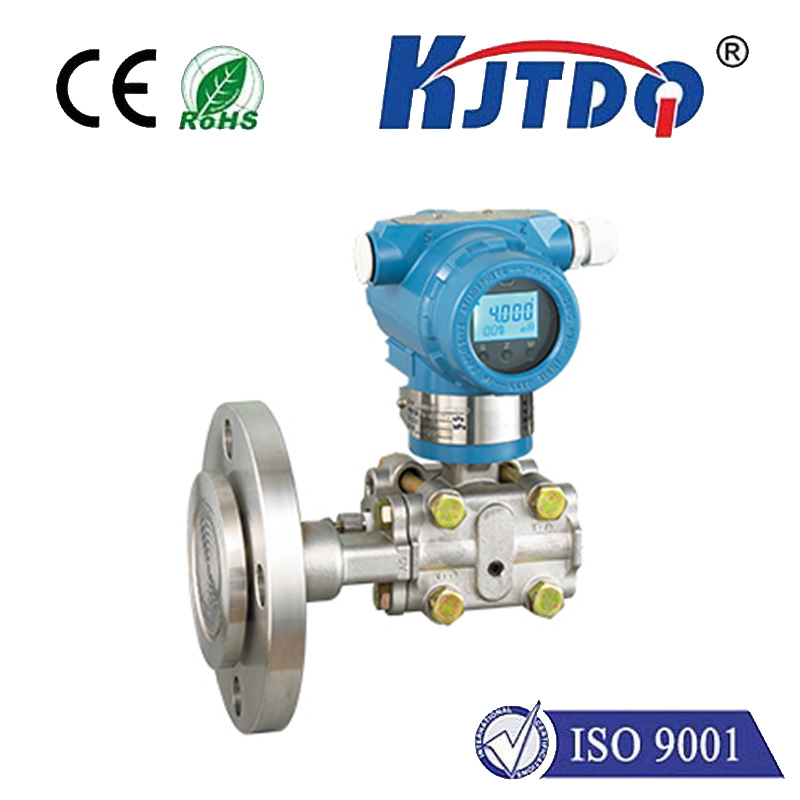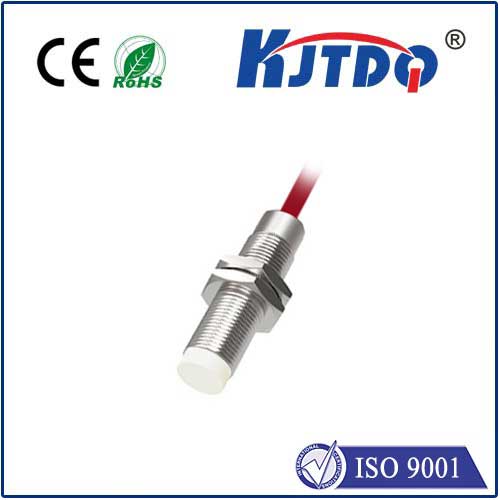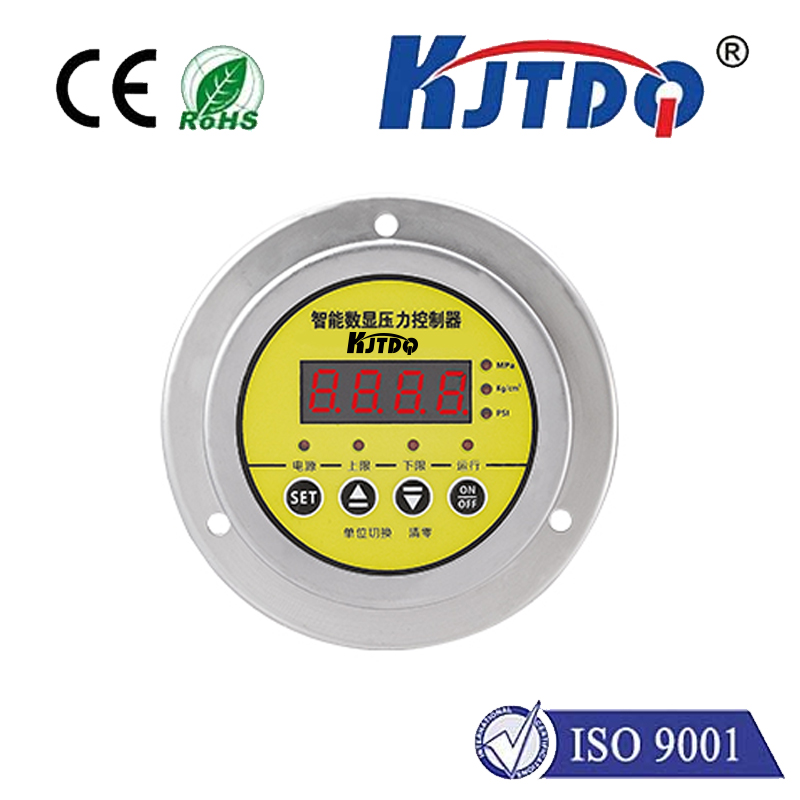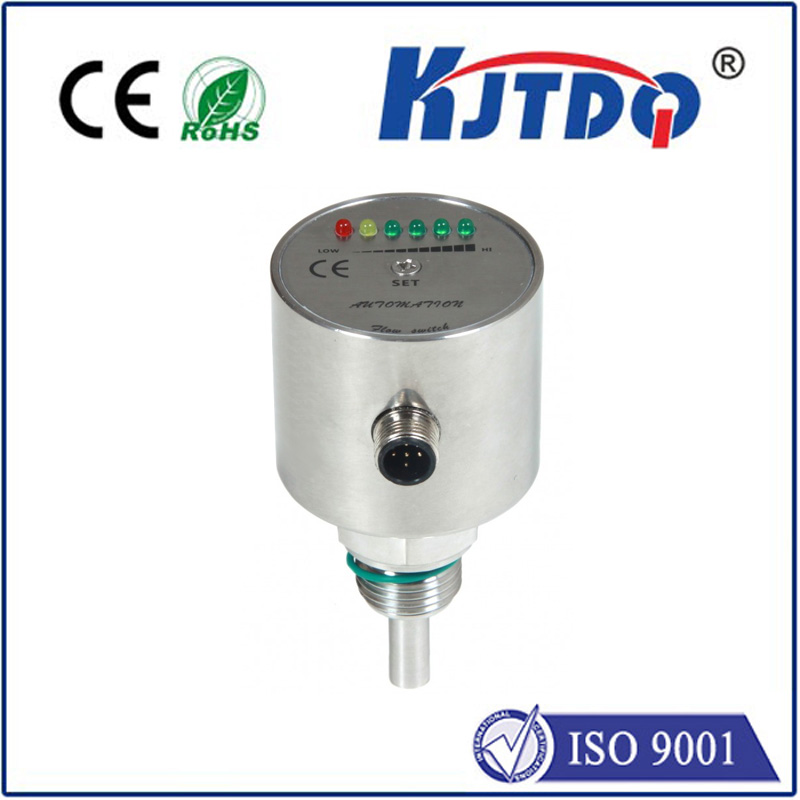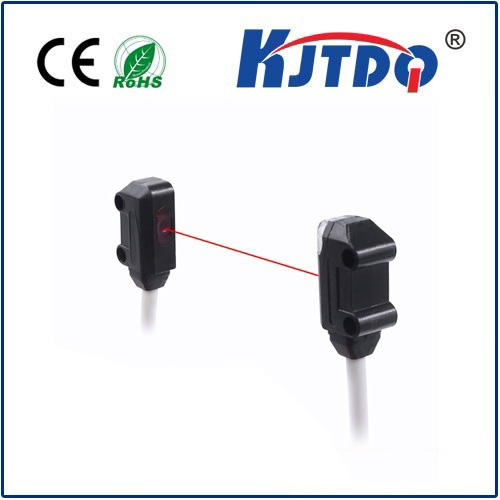

check

check

check

check
Doppler Radar Motion Sensor: Enhancing Safety and Efficiency in Modern Technology
Doppler radar motion sensor is a critical component in modern technology, used across various industries to detect and monitor movement. This innovative device leverages the Doppler effect, a phenomenon where the frequency of waves changes when the source of the waves is moving relative to an observer. In the context of motion detection, Doppler radar emits radio waves and measures the frequency shift caused by the movement of objects in its vicinity. This technology is widely employed in security systems, weather forecasting, and industrial monitoring, offering a reliable and accurate means of detecting motion.
The core functionality of a Doppler radar motion sensor lies in its ability to distinguish between stationary and moving objects. Unlike traditional motion sensors that rely on passive infrared (PIR) or ultrasonic technology, Doppler radar uses the Doppler effect to detect movement without the need for a direct line of sight. This makes it particularly effective in environments where obstacles or reflective surfaces may interfere with other types of sensors. For instance, in security applications, Doppler radar can detect movement in areas with high background noise or in low-light conditions, where other sensors may fail.

One of the key advantages of Doppler radar motion sensors is their high sensitivity and accuracy. They can detect even subtle movements, making them ideal for applications such as home automation, wildlife monitoring, and industrial safety systems. In residential settings, these sensors can help in detecting intruders or unusual activity, providing an extra layer of security. In commercial environments, they are used to monitor employee movements, ensuring safety and compliance with security protocols.
Moreover, Doppler radar motion sensors are often integrated with other technologies to enhance their functionality. For example, they can be paired with cameras, alarms, or smart home systems to provide a comprehensive security solution. This integration allows for real-time monitoring and immediate response to potential threats. In industrial settings, the sensors can monitor the movement of machinery or personnel, helping to prevent accidents and ensure operational efficiency.
The use of Doppler radar motion sensors is also expanding into new areas, such as smart cities and autonomous vehicles. In smart cities, these sensors are used to monitor traffic flow, detect accidents, and manage urban infrastructure more efficiently. In the automotive industry, Doppler radar is being explored as a means of detecting objects in autonomous driving systems, contributing to safer and more intelligent transportation.
Despite its benefits, it is important to consider the limitations of Doppler radar motion sensors. Factors such as environmental interference, signal strength, and the presence of reflective surfaces can affect their performance. Additionally, the cost of installation and maintenance can be a consideration for some users. However, advancements in technology are continuously improving the reliability and affordability of these devices, making them more accessible to a wider range of applications.
In conclusion, Doppler radar motion sensors represent a significant advancement in motion detection technology, offering a versatile and reliable solution for a variety of applications. Their ability to detect movement without relying on line-of-sight makes them particularly valuable in complex environments. As technology continues to evolve, the role of Doppler radar motion sensors will only become more essential in enhancing safety, efficiency, and automation across multiple industries.
